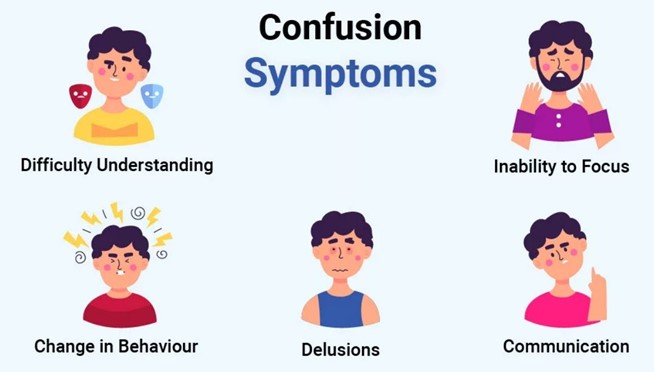Which finding for a client with an arteriovenous fistula (AV Fistula) should the practical nurse (PN) report to the healthcare provider?
Descriptions of numbness and tingling in fingers distal to the AVF.
A loud and consistent bruit is auscultated at the AVF site.
Bruising at the AVF site is purple and green in color.
Radial pulse distal to AVF is absent and ulnar pulse is present.
The Correct Answer is A
The correct answer is choice A: Descriptions of numbness and tingling in fingers distal to the AVF.
Choice A rationale:
Descriptions of numbness and tingling in fingers distal to the arteriovenous fistula (AVF) suggest possible nerve compression or impaired blood flow, which are concerning findings. These symptoms could indicate reduced perfusion to the distal extremities and require immediate attention to prevent further complications.
Choice B rationale:
A loud and consistent bruit auscultated at the AVF site is an expected finding and indicates adequate blood flow through the fistula. A bruit is the sound of turbulent blood flow and is commonly heard over functional AV fistulas.
Choice C rationale:
Bruising at the AVF site is a common occurrence after the creation of the fistula. It is expected due to the surgical intervention and the manipulation of blood vessels. As long as the bruising is not severe or accompanied by other concerning symptoms, it does not need immediate reporting.
Choice D rationale:
The absence of the radial pulse distal to the AVF and the presence of the ulnar pulse are normal findings in a functioning AV fistula. The AV fistula diverts blood flow away from the radial artery, leading to a diminished pulse. This is not a cause for concern as long as the ulnar pulse is present, indicating adequate perfusion to the hand.
Nursing Test Bank
Naxlex Comprehensive Predictor Exams
Related Questions
Correct Answer is ["B","D"]
Explanation
The correct answers are Choice B and D:
Choice B: Report the appearance of the dressing to the charge nurse,
Choice D: Compress the drainage device before closing the tab.
Choice A rationale:
Documenting the appearance of the wound as inflamed is not appropriate. As a practical nurse, the immediate concern is to take action and report any concerning findings to the appropriate healthcare provider rather than just documenting it.
Choice B rationale:
Reporting the appearance of the dressing to the charge nurse is essential. The charge nurse or a more experienced healthcare provider needs to be informed of any abnormal findings or signs of infection for further evaluation and appropriate intervention.
Choice C rationale:
Removing the drainage device and applying a pressure dressing is not within the scope of practice for a practical nurse. These actions require a higher level of expertise and are typically performed by a registered nurse or healthcare provider.
Choice D rationale:
Compressing the drainage device before closing the tab is a correct action. This helps to ensure that the device is functioning properly, and there are no leaks or obstructions in the drainage system.
Choice E rationale:
Clamping the drainage tubing for the next four hours is not recommended unless specifically ordered by a healthcare provider. Clamping the drainage tubing without appropriate orders may disrupt the normal drainage process and cause complications.
Correct Answer is C
Explanation
This is the best action for the PN to take because it provides reality orientation and helps the client cope with the change in environment. The client may be experiencing acute confusion or delirium due to stress, medication, infection, or other factors. The PN should remind the client of the date, time, and place frequently and use other strategies such as calendars, clocks, and familiar objects to reduce confusion.

A. Documenting the client's loss of memory in the record is not enough and does not address the client's needs.
B. Notifying the family of the change in the client's condition is not a priority and may not be necessary if the confusion is temporary or reversible.
D. Encouraging the client to rest during the day is not appropriate and may worsen the confusion or disrupt the sleep-wake cycle.
Whether you are a student looking to ace your exams or a practicing nurse seeking to enhance your expertise , our nursing education contents will empower you with the confidence and competence to make a difference in the lives of patients and become a respected leader in the healthcare field.
Visit Naxlex, invest in your future and unlock endless possibilities with our unparalleled nursing education contents today
Report Wrong Answer on the Current Question
Do you disagree with the answer? If yes, what is your expected answer? Explain.
Kindly be descriptive with the issue you are facing.
